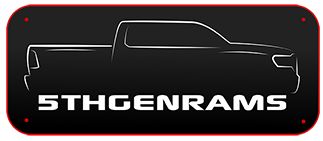“CAI” stands for Cold Air Intake and the clue to their effect on a piston engine performance is really self-evident in the nomenclature. These systems were designed to capture denser air with the assumption that each cylinder would produce a higher charge pressure and hence, more power.
A reciprocating piston engine does not draw air into the cylinders like a hydraulic pump. As the piston moves downward in the stroke it is atmospheric pressure that displaces the void (space) now present in the cylinder. The movement of air into the cylinder is impacted by whatever restrictions are present in the engine’s induction system. Pre-induction control (ie: throttlebody) factory systems are always a compromise between air flow, filtering, and noise. So the factory systems, in most cases, represent some form of restriction.
How much restriction is in any given system is dependent on design and performance requirements. Most factory systems nowadays offer no restriction at low to medium air flows, so reducing restriction with a CAI will provide no benefit. Why? Because regardless of how much restriction is removed, the fuel system is still measuring air flow and providing a signal to a PCM that determines the correct fuel rate for that air flow based on a predetermine fuel map in the computers algorithm.
So that means that a CAI will show its true benefit at higher RPMs. Right? Not necessarily. Assuming we remove ALL pre-induction control restriction, there’s still restriction in the post throttlebody induction system, like cylinder heads and intake runners (not to mention the effects of a restrictive exhaust). The effectiveness of a CAI system is really dependent on how much restriction was present in the factory system to begin with and if the factory fuel mapping can provide the correct A/F ratio at any given flow. So, the effects across all engine manufacturers will likely not be the same. In addition, the effects of CAI systems that take in air from under the hood are self-cancelling. In order to actually get cooler air (if it’s available!) it must be from the ambient environment (outside).
Best regards,
Dusty
2019 Ram 1500 Billet Silver Laramie Quad Cab 2WD, 5.7 Hemi, 8HP75, 3.21 axle, 33 gallon fuel tank, factory dual exhaust, 18” wheels. Build date: 03 June 2018. Now at: 052852 miles.
Typically, all "sealed" boxes keep the noise level down just like the OEM box which is sealed. If yours makes loud noise, then God Bless you!
